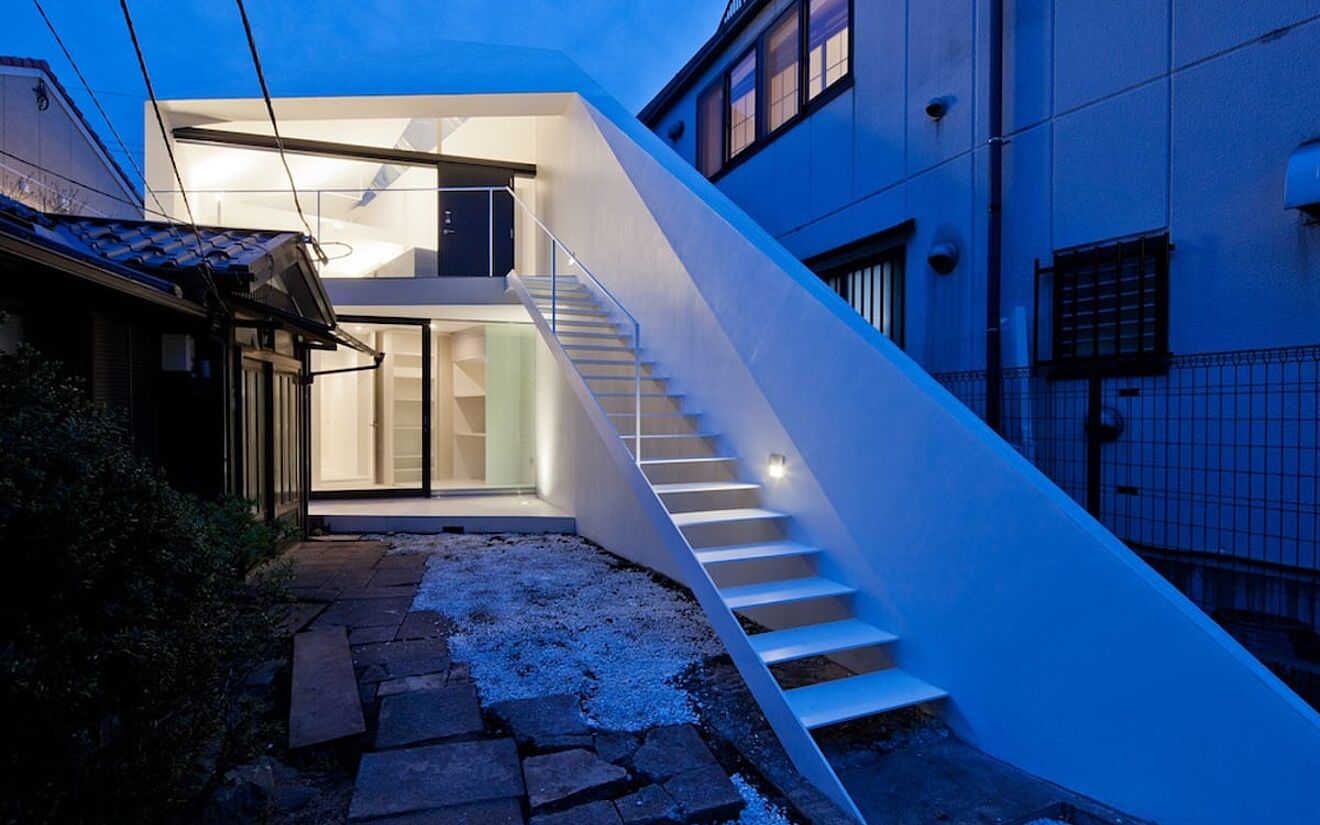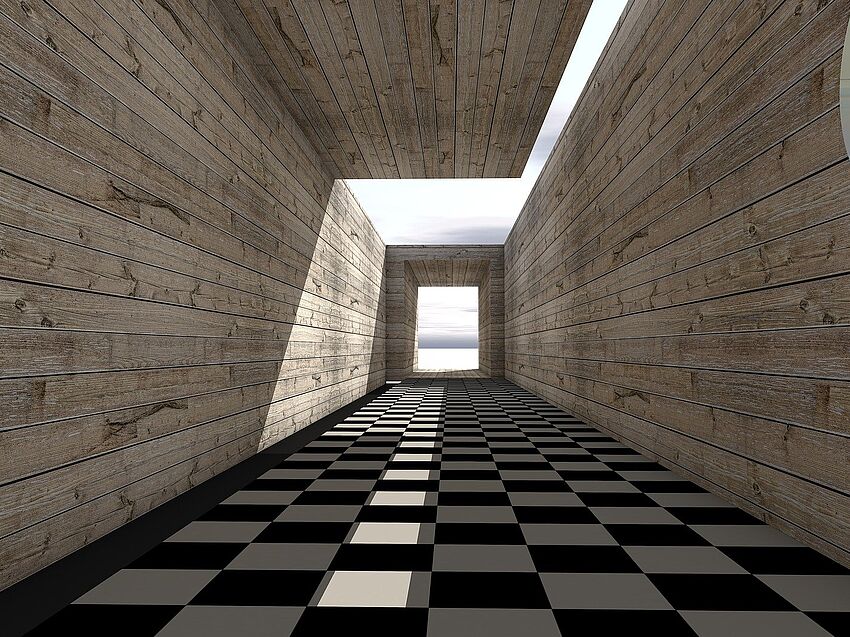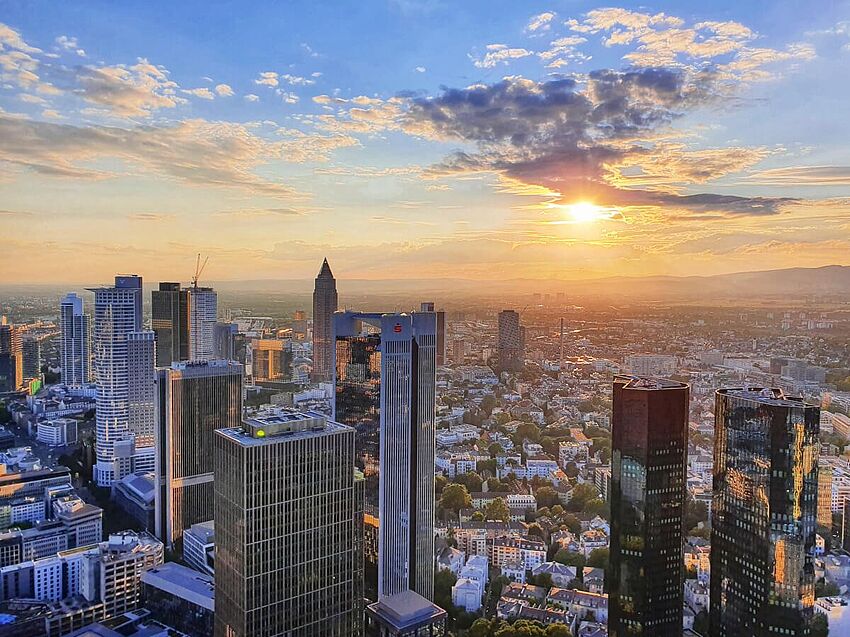Carbon concrete: building material of the future for sustainable construction
Anyone who is not yet familiar with contemporary Japanese architecture, especially that from Tokyo, will be intrigued to learn about it. Scarcely any other building culture can be so creative and inventive in closing even the narrowest gaps between buildings and, at the same time, create such exciting and livable housing concepts in a very small space. Modern Japanese architecture is unbeatable in this respect. But on one issue, despite its wealth of ideas, it still lags far behind: energy efficiency. A government program is incentivising change.
With names like “ARROW”, “63.03°”¹, “Little House with a big Terrace”² or “Promenade House”³, they have the following in common: They are all gems of modern Japanese architecture, which have attracted attention in the trade press over the last five years because they found creative ways to make the most of a building gap, which hardly merits the name. But one detail they share which was ignored: poor energy efficiency.
From the "house of waste"...
Thin, barely insulated walls, large single-glazed windows and leaking doors are not uncommon, even in more recent Japanese architecture. Additionally, most houses have no central heating system. Instead, when needed, their inhabitants use an electric heater or air conditioning with a heating function. In total, this results in higher power consumption per capita than in Germany, even though the climate in Japan is on average much milder.
...to the zero energy house
This lax approach to energy is a problem in two ways: Firstly, since the Fukushima catastrophe, Japan has had to rely almost completely on gas, coal and mineral oil imports because nuclear energy for power generation was almost entirely stopped. The island country itself has only very few natural resources. Its high energy consumption is also not in harmony with the requirements of the climate agreement Japan signed. The latter was the decisive reason for the government to launch a strategy plan in 2015 in which it is planned to require that more than half of the newly built houses be zero energy houses by 2020.
A little different
To put that into exact figures, that means that by 2020, on average, about 50,000 zero energy houses will probably be built each year. On the whole, these are equal to the zero energy houses in local areas in Germany: a combination of good heat insulation and individual regenerative energy production. But there are crucial differences on two points. While in Germany an emphasis would be put on triple glazing, in Japan, double-glazed windows are already considered progressive. In terms of energy production, Japanese zero energy houses place the emphasis instead on hydrogen fuel cells in addition to mandatory photovoltaic systems. Furthermore, for the technically experienced Japanese, a Home Energy Management System (HEMS) - a smart home application that monitors the energy consumption and intelligent controls - is almost standard.
Slow change
Japan lagged behind not only in building energy efficiency but also in the expansion of renewable energies. This may seem strange in a country which is otherwise so highly developed, particularly as it is not so long ago that it was a leader in the development of regenerative energy. The main blame goes to the powerful nuclear lobby, the so-called "nuclear village", consisting of influential politicians, industrialists, scientists and media, which, despite the Fukushima disaster, still promote the retention of more reliable, and thus "safer", nuclear energy. In the meantime, however, major sectors of industry as well as the population are demanding a change in thinking.
The establishment of zero energy houses here is a good start. And it is not necessary that they differ formally from other houses (aside from the photovoltaic systems). That means that its fantastic architectural ingenuity will remain in spite of the energy revolution. Perhaps the increased requirements of the zero energy standards will even lead to completely new, sophisticated structural solutions.
Sources:




